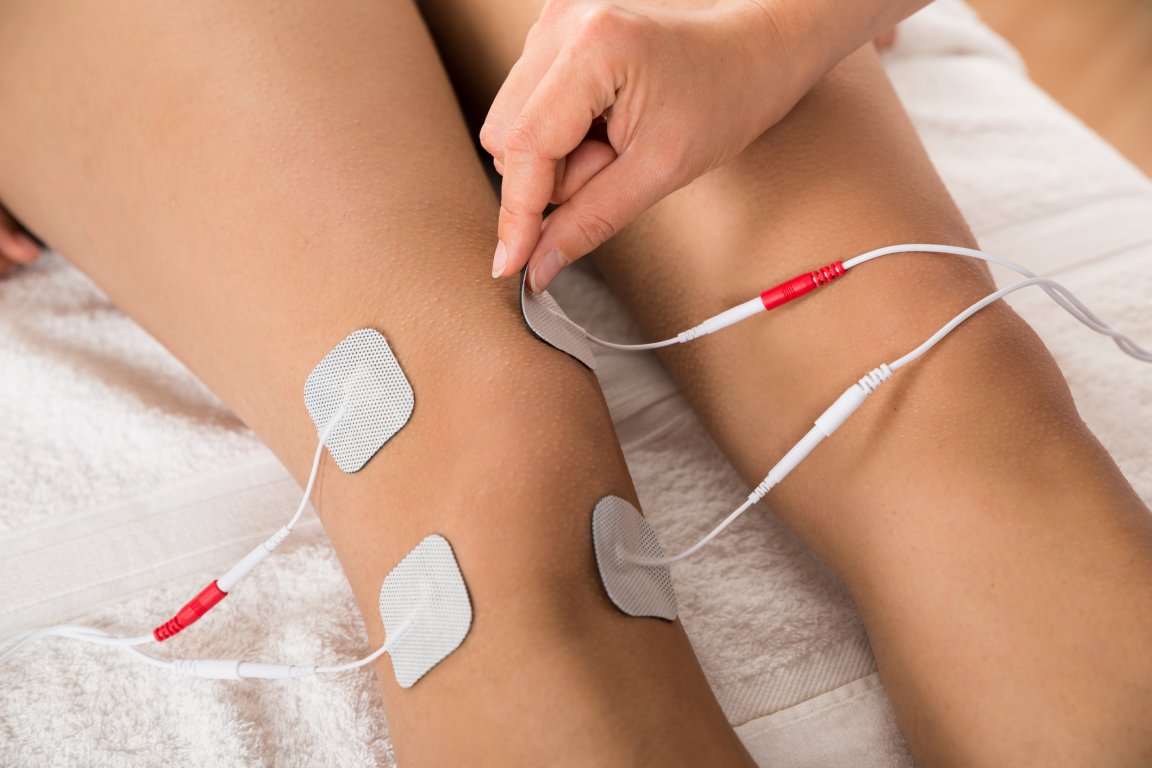
Shocking Results
Most of us would likely go out of our way to avoid being electrocuted (brave biologists, excluded). However, based on new research published in Physiology, people suffering from paralysis caused by spinal cord injuries (SCI) may soon be seeking out electrical stimulation.
After reviewing more than 90 studies, two researchers from the University of Washington concluded that three kinds of stimulation therapies can be used to effectively restore movement in the limbs of paralyzed patients:
- Transcutaneous stimulation, which delivers stimulation via electrodes placed on the skin
- Epidural spinal stimulation, which delivers stimulation via electrodes that are placed under the skin but on the outside of the spinal cord
- Intraspinal stimulation, which delivers stimulation via electrodes implanted directly into the spinal cord
Each type of treatment had a unique impact on patients. For example, the first improved muscle tightness and stepping ability, while the second improved hand function. According to the researchers, all three treatments were most likely to be effective when combined with physical therapy and medications that help the spinal cord generate new neural pathways.
The Path to Recovery
More than a quarter of a million people in the U.S. alone are affected by paralysis due to SCI, and approximately 17,000 new cases emerge each year.

These injuries can affect far more than a person’s ability to walk or move their limbs. SCI sufferers can be unable to control their bladder, have problems regulating their temperature, or experience other issues with autonomic functions that severely limit their ability to function in everyday life.
As the study’s authors note, electrical simulation is not a cure for paralysis. However, it’s also just one of the many paralysis treatments currently being researched.
Synthetic spinal cords, magnetic brain stimulation, mind-controlled exoskeletons, or any other one of these promising endeavors could lead us to a world in which paralysis is a thing of the past.